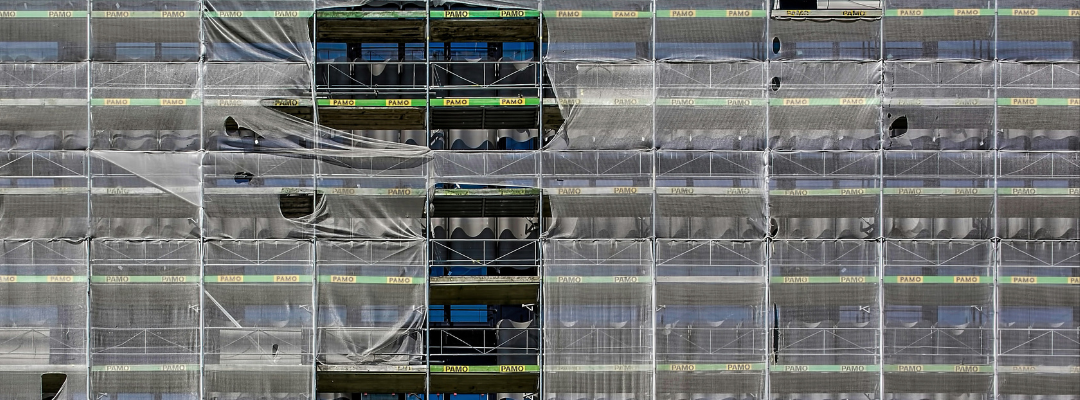UK Cladding Remediation
On the 2nd December 2024, the UK government unveiled the Remediation Acceleration Plan to tackle the persistent delays in addressing unsafe cladding on residential buildings across England. This initiative marks a pivotal moment in enhancing fire safety and alleviating the distress faced by affected residents.
Below, we present a comprehensive timeline of the UK government’s cladding remediation efforts. This timeline traces the journey since the Grenfell Tower tragedy, highlighting the significant milestones and challenges along the way. From initial funding measures and the expansion of remediation programs to recent strategies aimed at accelerating progress and limiting taxpayer costs, this overview offers a clear and insightful perspective on the government’s response to the cladding crisis.
A Timeline of Cladding Remediation
2018
Concerns in the pace of remediation, fire safety risks in other types of cladding, and the unaffordable bills that residents faced
2018
The ACM Programme - funded including £400 million for social sector
2019
The ACM Programme - funded including £200 million for the private sector
2019
May - The MHCLG announced £600 million to support the remediation of high-rise buildings with unsafe ACM cladding in both social and private sectors
2020
March - The Building Safety Fund - Granted £1 billion for tranche 1
2020
April - MHCLG identified 456 buildings with unsafe ACM cladding
2020
The Infrastructure and Projects Authority reviewed the BSF programme and recommended a fraud risk assessment
2021
Feb - The Building Safety Fund - Granted £3.5 billion for tranche 2
2021
MHCLG announced a long-term loan for leaseholders in affected medium-rise buildings to pay for its remediation works
2022
MHCLG set out to protect taxpayer contribution through capping its contribution to remediation and making other stakeholders contribute more
2022
MHCLG decided not to progress with the loan, but promised to protect leaseholders in buildings over 11m from remediation costs and adopted a more proportionate approach to its assessment of building safety
2022
Dec - UKs size largest lenders confirm they would lend on properties needing cladding remediation
2023
Jan - The Developer Remediation Programme—The Gov asked developers to first sign the Developed Remediation Contract
2023
MHCLG commissioned a full fraud risk assessment of the BSF; it has since reported losses of £500,000 through fraud from 2023-24
2023
July - The Cladding Safety Scheme launches
2023
July - The Responsible Actors Scheme was established to oversee self-remediation activity by developers
2023
The Social Housing Programme is established
2024
Feb - MHCLG reported it overestimated the number of medium-rise buildings requiring remediation
2024
Feb - MHCLG estimates its portfolio to cover 9,000-12,000 residential buildings (11m+) would need remediating
2024
March - Works had started on 355 (16%) fewer buildings than expected. Works were on site for 1,380 high-rise buildings against expected starts on site to meet the central estimate of 1,463 (94%), and 492 medium-rise buildings against expected starts to meet the central estimate of 764 (64%)
2024
MHCLG reviewed its counter-fraud structures and developed plans to improve fraud management on the BSF
2024
July - MHCLG reported that the gap in the proportion of mortgage applications accepted on buildings with and without unsafe cladding had narrowed between Dec 2023-April 2024
2024
July - MHCLG reported it was behind on bringing medium-rise buildings into the portfolio
2024
August - Of the 9000-12000 buildings that will need remediation, only 4,771 are in a remediation programme. Of which around a third has been complete, but half had yet to start.
2024
August - Remediation was complete for 422 out of 503 buildings in the ACM programme



